defibrillators
WHAT IS AN INTERNAL DEFIBRILLATOR? AND ARE THEY DANGEROUS?
A Implantable Cardioverter Defibrillator (ICD) is a device that is offered if a person has already experienced a life-threatening heart rhythm problem (ventricular tachycardia or ventricular fibrillation) or if their specialist has assessed and judged a person to be at high risk of developing a life-threatening heart rhythm problem in the future.
ICDs are implanted similarly to a pacemaker, under the skin, near the collar bone with leads that pass through the veins in the upper chest which travel to the heart. Similar to a pacemaker implant an ICD is implanted under local anaesthetic with sedation and takes approximately one hour to perform.
An ICD can read the electrical activity of the heart through its leads, and constantly monitors the heart rhythm. If the ICD detects that the heart rhythm has changed to one that is deemed life-threatening, then it will deliver therapy to try and reset the heart back to its normal rhythm. The main way that this is achieved is by delivering an internal shock, but it will also try to ‘override’ the rhythm first wherever possible to avoid having shock.
There may be lifestyle adjustments that need to be made after an ICD implanted and can have an impact on your job and driving, and therefore should be discussed with you fully before the procedure. A specialist will always weigh up the risks and benefits of having an ICD implanted, and sadly for some people who are deemed at risk a specialist can never tell a patient that they will definitely have a life threatening heart rhythm problem in the future. We take all the information we have, to assess the risk. Most patients view their ICDs like an insurance policy, they feel more comfortable knowing it is there, monitoring what is happening should a dangerous heart rhythm occur.

